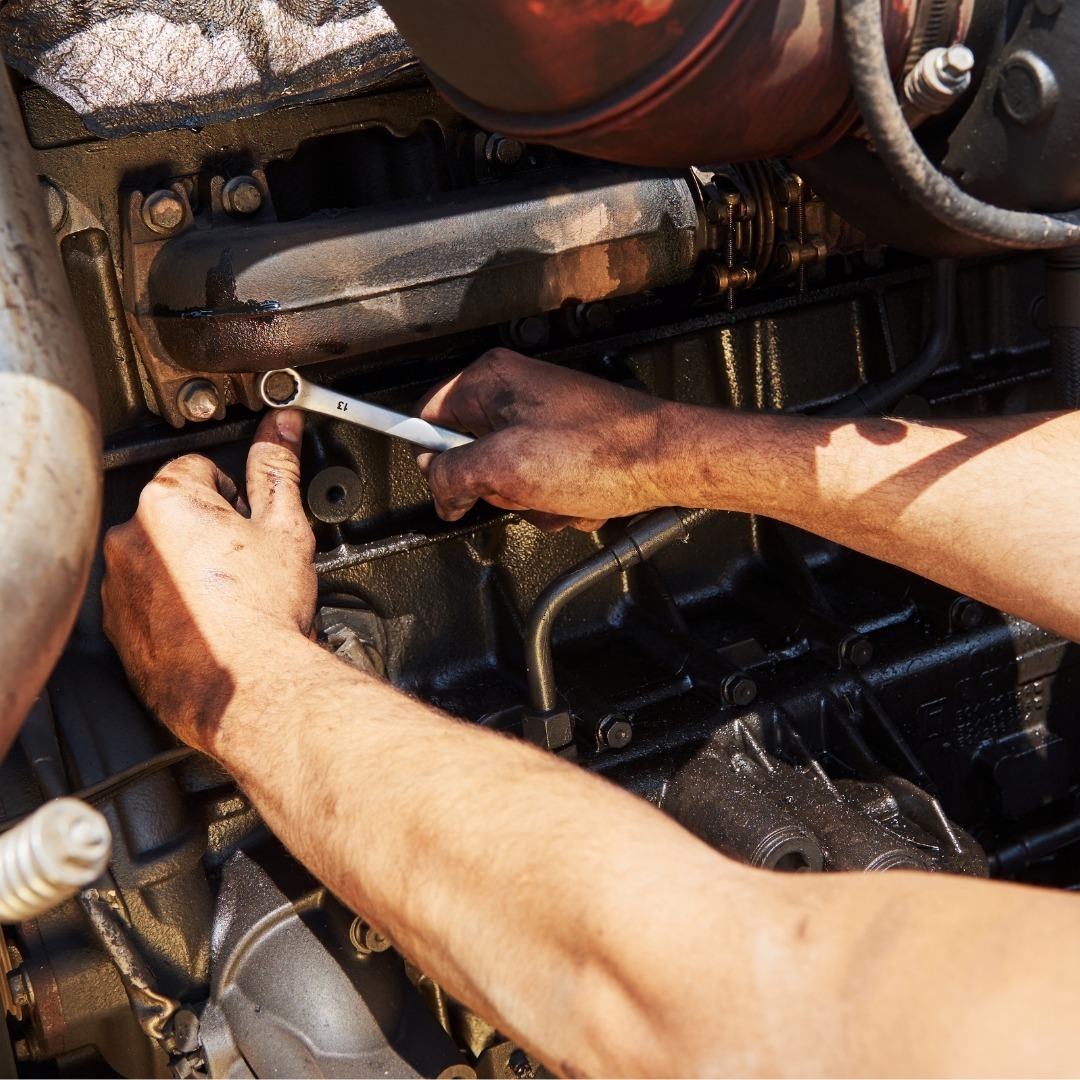6 Different Signs of Suspension Problems in a Bike
In today’s modern technology, where intricately designed motorbikes draw in more enthusiasts, it’s essential to understand how their systems work. Of all the parts, the bike’s suspension system is very important for making sure you’re comfortable and safe while riding on the road. This article aims to guide you through the intricacies of bike suspensions for achieving enhanced performance.
Understanding the Suspension System of Motorbikes
The motorbike suspension system consists of two essential components: the spring and the damper. The spring’s main function is to manage the bike’s mass, while the damper helps control its speed. Working together, they ensure the bike’s tires remain in contact with the ground, providing a smooth and balanced ride. Moreover, the suspension system maintains stability when the bike encounters bumps, dips, or potholes.
What are the Functions of the Bike Suspension System?
The suspension system performs a variety of functions. Here is the list:
Shock Impact Reduction
The suspension system absorbs shocks and vibrations, thereby minimizing the rider's discomfort.
Optimal Height Maintenance
It maintains a consistent ride height to ensure stability and control.
Weight Support
The suspension system evenly distributes the bike's weight to prevent excessive strain or mishaps while riding.
Wheel Alignment Preservation
The suspension system keeps the wheels aligned for precise handling, even on rough terrains.
Directional Control
The suspension system facilitates responsive steering through different road conditions.
Tyre Contact Maintenance
It maintains tire contact with the ground to improve grip and traction
Six Signs of Suspension Problems in a Bike
Taking care of the bike’s suspension system is crucial. Yet, many people neglect signs indicating suspension problems. Let’s explore various signs and symptoms of suspension issues in bikes:
Unusual Thuds or Rattles
If you hear any rattling or thudding sounds, it could indicate potential issues with broken or loose suspension parts, requiring immediate attention.
Bumpiness
Any component of the suspension system wears out over time with usage. This can lead to discomfort and reduced road contact. One common cause is oil leakage in the shock absorber, resulting in a failed shock absorber.
Lack of Damping
Lack of damping leads to bouncing. Additionally, increased acceleration may worsen ride instability, making it challenging to handle and reducing your sense of control over the bike.
Oil Leakage
Oil leakage is another visible and noticeable sign that cannot be ignored. Typically, you will observe a black, greasy oil residue, indicating compromised damping capabilities and the need for prompt repairs.
Uneven Tyre Wear
Deteriorating shock absorbers also impact the contact of your tires with the ground, leading to uneven wear and tear on the bike's tires. This underscores the importance of timely maintenance.
Increased Stopping Time
If your brakes take longer than expected to stop the vehicle, worn shock absorbers might be the cause. This delay in braking response raises the risk of accidents and fatal injuries. If you observe such an issue in your braking system, have your bike's suspension checked and fixed. However, ensuring you have bike insurance is essential for keeping both you and your bike safe.
5 Essential Maintenance Tips for Bike Suspension System
Typically, bikers neglect the bike’s suspension system, despite its crucial role. Conducting regular checkups is essential to improve safety and optimize performance. Here are five essential maintenance tips for a bike’s suspension system:
Regular Maintenance Routine
By scheduling regular maintenance routines, you can address wear and tear in various suspension system components, ensuring optimal functionality. Some common problems affecting the suspension system's operation include heating up, oil contamination, lose or worn rubber seals, and damaged bushes.
Suspension Setup
Begin by adjusting the suspension settings according to your preferences and weight distribution. When purchasing a new bike, it's wise to fine-tune the suspension, considering factors such as the ideal spring rate, oil viscosity, and adjustments for high and low-speed settings.
Watching all the Seals & Springs
Monitor seals, inner tubes, and shock springs for signs of wear or damage. Addressing all issues with seals and springs will maintain optimal suspension performance.
Routine Cleaning and Inspection
Regularly check and clean the parts of the suspension to stop dirt from building up and to reduce possible harm.
Oil level and Viscosity Checks
The bike's suspension system requires periodic oil level checkups and viscosity assessments to ensure adequate lubrication and damping efficiency. Typically, routine usage leads to oil contamination with metal shavings during compression and rebounds. Therefore, it's crucial to check the oil viscosity to prevent potential suspension failures.
Conclusion
Knowing the signs of problems in your bike’s suspension system will make sure you stay comfortable and safe while riding. You can follow maintenance tips to keep it working well for a long time. With the right care, your bike’s suspension will keep giving you smooth rides, making your overall experience better. And don’t forget, having good bike insurance can help if something unexpected happens. Make sure to get your bike insured today!

